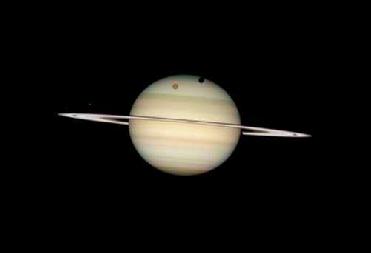
Quadruple saturn moon transit snapped by Hubble. Hubblesite image
WASHINGTON (BNS): Hubble’s Wide Field Planetary Camera 2 captured a sequence of four moons of Saturn passing in front of their parent planet on February 24 this year.
The moons, from far left to right, are the white icy moons Enceladus and Dione, the large orange moon Titan, and icy Mimas. Due to the angle of the Sun, they are each preceded by their own shadow.
Hubble captured the images when Saturn was at a distance of roughly 1.25 billion km from Earth. Hubble can see details as small as 300 km across on Saturn and also view the dark band running across the face of the planet slightly above the rings, which is the shadow of the rings cast on the planet.
NASA said that these rare moon transits only happen when the tilt of Saturn’s ring plane is nearly ‘edge on’ as seen from the Earth. The space agency said that Saturn’s rings will be perfectly edge on to our line of sight on August 10 and September 4 this year.
“Unfortunately, Saturn will be too close to the Sun to be seen by viewers on Earth at that time. This ‘ring plane crossing’ occurs every 14-15 years. In 1995-96 Hubble witnessed the last ring plane crossing, as well as many moon transits, and helped to discover several new moons of Saturn,” NASA said.
The space agency said that early 2009 was a favourable time for viewers with small telescopes to watch moon and shadow transits crossing the face of Saturn. “Titan, Saturn’s largest moon, crossed Saturn on four separate occasions: January 24, February 9, February 24 and March 12 this year, although not all events were visible from all locations on the Earth,” NASA said.
In 1610, Italian Galileo Galilei, often referred to as the father of astronomy, was the first to observe Saturn through a telescope. Dutch mathematician and astronomer Christian Huygens discovered Titan in 1655 and, 350 years later, the ESA probe named for him touched down on Titan (on January 14, 2005), giving the world its first views of the surface of the mysterious, icy world. Giovanni Domenico Cassini, a French/Italian astronomer, discovered Dione (in addition to others), while the German-born Englishman, William Herschel, discovered Mimas and Enceladus.
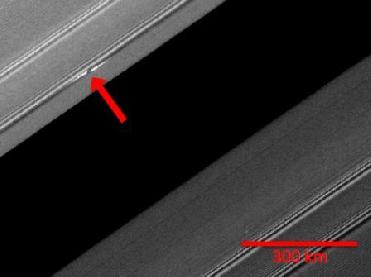
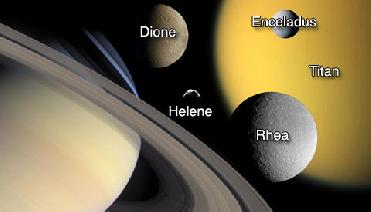
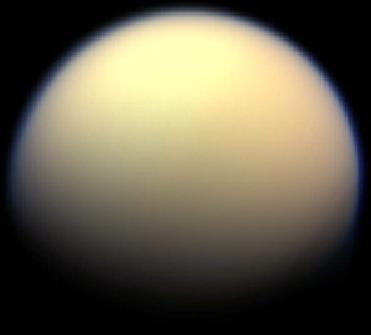
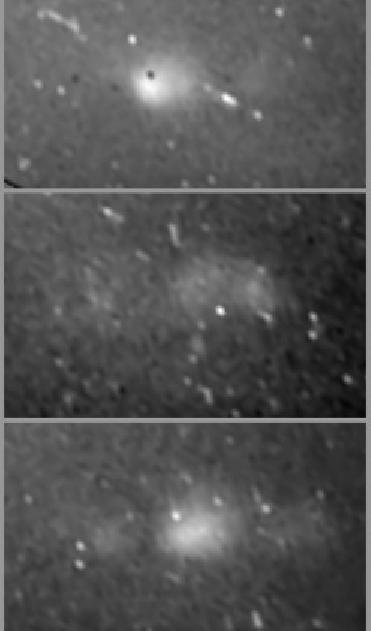










The Indian Air Force, in its flight trials evaluation report submitted before the Defence Ministry l..
view articleAn insight into the Medium Multi-Role Combat Aircraft competition...
view articleSky enthusiasts can now spot the International Space Station (ISS) commanded by Indian-American astr..
view article